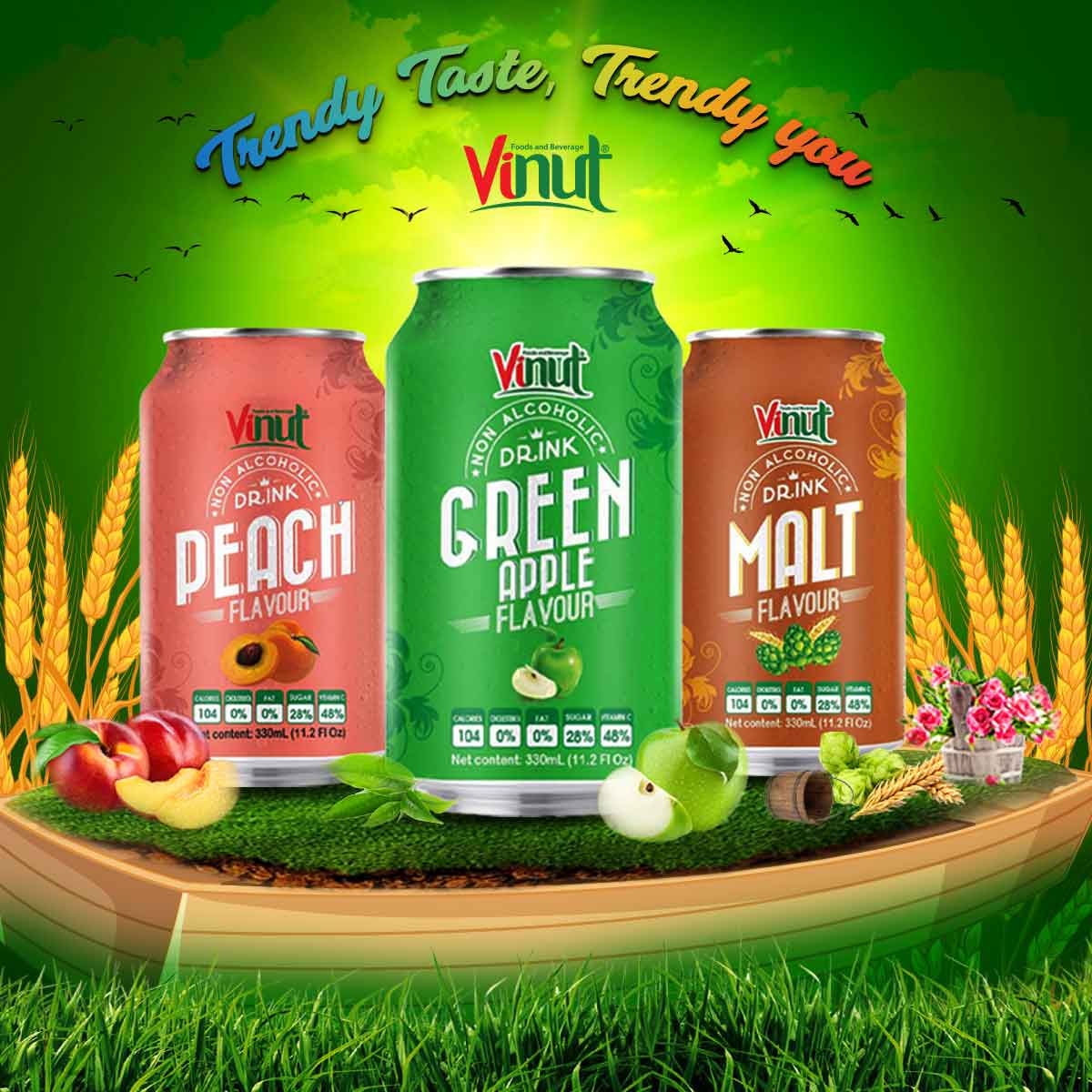Beverage Industry Overview
The beverage industry has two main segments: alcoholic beverages and non-alcoholic beverages. Alcoholic beverages are categories that include wine, beer and other yeast products. In which, non-alcoholic beverages can be classified into subdivisions in which certain products become the main factors driving the development of the whole industry. Specifically, the product subgroups of non-alcoholic beverages include:
- Soft drinks and bottled water
- Syrup water
- Fruit juice
- Tea and coffee
In general, the non-alcoholic beverage subgroups are quite popular, attracting the participation of many businesses in this field. As for alcoholic beverages, the recorded history of the beverage industry shows that from the earliest times, people have known how to ferment to create non-alcoholic beverages.
The most primitive wines
Wine has been produced for thousands of years. According to the archaeological remains found, wine was created in several thousand years BC with the first discoveries in Georgia and China. Some studies have even discovered that winemaking has gone back as far as 13,000 years. The production of alcohol was quite popular several thousand years ago in different countries of the Middle East.
The ancient Georgians were the first to take the wine industry a step further 8,000 years ago. At that time, making wine was simply letting giant bunches of grapes freeze in a deep pit during the winter and then dig up later in the spring, and over time it fermented to make the first alcoholic drink. first. These pits were later replaced by large, efficient clay tanks, considered to be the world’s first kegs.
Around 5,000 BC, Armenia, Iran, and parts of Greece created their own wines made from native small varieties that are still grown today.
The first non-alcoholic drinks
The history of non-alcoholic beverages is not really long. Non-alcoholic beverages have been around since the earliest days as moderate drinks noted in American cocktail literature such as Terry Thomas’s Guide to Bar-Tenders (1862). Merriam-Webster also cited the first mocktail that appeared in 1916.
Basically, a non-alcoholic drink is a drink that does not contain alcohol. This drink is often used for refreshment. A non-alcoholic drink can be considered a version of an alcoholic drink without alcohol. Drinks with a low alcohol level such as fermented apple juice, carbonated soft drinks and juices. Ethanol distillation is used to make non-alcoholic beverages from alcoholic beverages.
From different points of view, a non-alcoholic drink can be a drink that leaves the user intoxicated, without light alcohol by volume or through fermentation. Non-alcoholic beverages can be bottled beverages or canned liquids such as: carbonated drinks, mineral water, fruit juices, syrups, non-alcoholic beverages.

The development path of beverages
In 3000 BC, in the Middle East alcohol was a popular drink. Meanwhile in Egypt, beer was a popular drink. By 1200 A.D., grape wine had developed in England, along with barley-fermented juices and ciders that were also quite popular. Up to now, the drinks have been developed in breadth and depth.
Many beverage manufacturing companies have entered the market with newly launched products, creating a nationwide beverage trend. With the current development, healthy drink products are gradually becoming a consumer trend of interest.

330ml VINUT Ginger Non-Alcoholic Beer Drink

330ml VINUT Malt Non-Alcoholic Beer Drink

330ml VINUT Peach Non-Alcoholic Beer Drink

330ml VINUT Raspberry Non-Alcoholic Beer Drink
